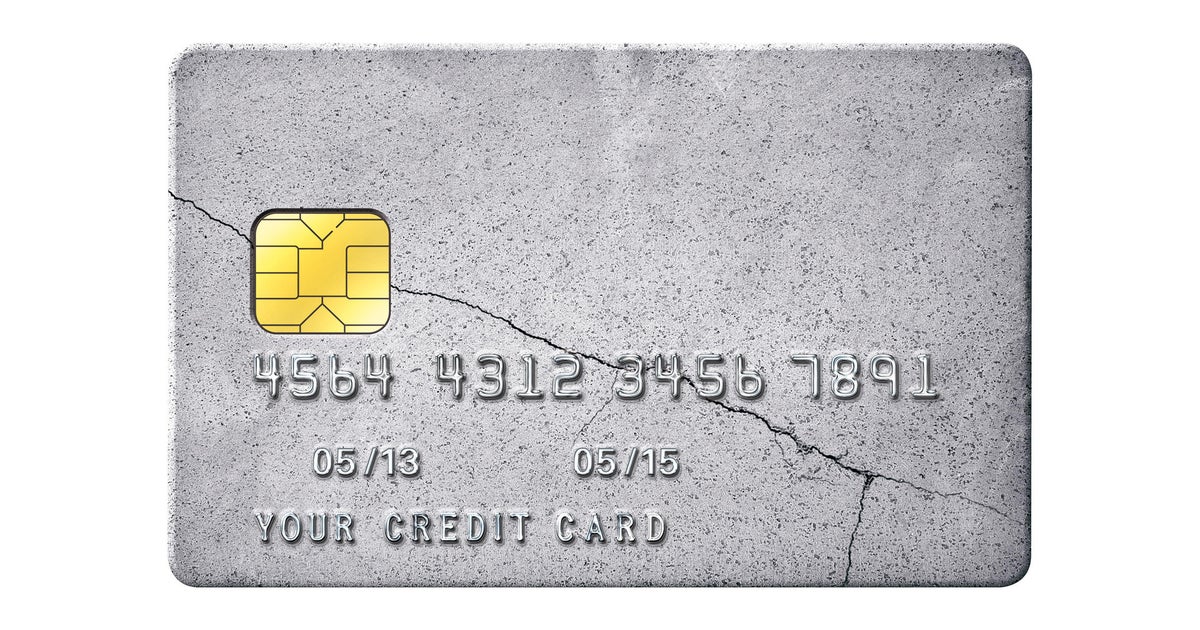6 fees that can eat into your savings (and how to avoid them)
Opening a savings account is a crucial step in any successful financial plan. And opening the right account can help you maximize your savings and reach your goals faster.
When it comes to comparing savings accounts, there are some essential things to look for, including the interest rate, which can help you earn more money on your balance. But you also want to make sure you don't lose money from your balance thanks to some common — and easily avoidable — fees.
To help you prevent your savings from dwindling, we've compiled a list of common fees that can chip away at your balance and how to avoid them.
Find the right savings account for you — start exploring your options here.
6 fees that can eat into your savings (and how to avoid them)
The best way to avoid savings account fees is to open an account with zero fees. That said, you may find an account that works for you but does still carry fees. Here are a few common fees and what you can do to avoid them.
Monthly maintenance fees
Maintenance fees are charges you incur automatically simply for keeping your account open. These fees typically range from $5 to $15 per month.
Some banks waive maintenance fees if you meet certain requirements, like keeping a minimum balance or making regular deposits into the account. Make sure to read the terms and conditions of your savings account. If it offers these waivers, carefully monitor your account balance and set up automatic transfers to meet any deposit requirements.
Compare today's top savings rates to see how much you could be earning.
Withdrawal fees
Some banks limit the number of withdrawals you can make from your savings account each month, typically to six per month. If you exceed this number, you'll incur a penalty of anywhere from $1 to $15 for each additional withdrawal.
If your account has these withdrawal limits, it's essential to keep track of the number of withdrawals you make each month and ensure you don't go over them. For example, if you find yourself regularly dipping into your savings to cover budget shortfalls, you may be better off keeping some additional money in your checking account as padding.
Minimum balance fees
Some savings accounts have a minimum balance requirement, and if you don't maintain that balance, you'll incur penalties. Although this penalty varies from bank to bank, it's usually around $5. Minimum balance requirements often begin at between $300 and $500
By setting up automatic deposits and keeping an eye on your account balance, you can avoid incurring these fees.
Compare savings accounts online now!
ATM fees
While it's not the most common feature, some savings accounts do allow ATM withdrawals. Often, this means you can use any ATM in your bank's network free of charge, but if you use an ATM outside that network, you'll incur a fee of around $2 to $4 per transaction. You can avoid this fee by looking up in-network ATMs on your bank's website or mobile app.
If you're thinking of opening up an account with an online bank, review its ATM network to ensure there are enough options in your area. While the bank itself may not have physical branches, many offer free access to other institutions' ATMs if they're in their network.
Overdraft fees
Overdraft fees occur when you withdraw more money than you have in your savings account and the bank covers the difference. These fees can be $30 or more per transaction, which can add up quickly if your account is already overdrawn.
Some banks offer overdraft protection plans, but they often come with fees as well. The best way to avoid overdraft fees is by monitoring of your account balance, maintaining a buffer in your account and spending within your means. Some banks also allow you to set up notifications when your balance is running low so you can deposit more money into the account.
Paper statement fees
Many banks charge a monthly fee if you choose to receive your statements by mail. They charge this fee to discourage paper statements, which are more expensive to produce and send out. Paper statement fees typically range from $2 to $3 per statement.
By signing up for electronic statements, you can avoid these fees, help the environment and reduce the amount of paperwork you have to keep track of.
The bottom line
Again, the easiest way to avoid the fees listed is to open an account that has no fees. But it's possible you've found a savings account that better suits your financial goals and needs and charges some fees. If that's the case, there's still plenty you can do to keep these fees from chipping away at your account balance.
The first tip is to do your research. Read the terms and conditions of any savings account you're interested in and take the time to compare all features of each account. This includes their interest rates, minimum balance requirements, fees and fee waivers. By knowing what you've signed up for and being deliberate with your banking, you can grow your savings and stay away from pesky fees.
Get started by comparing the best savings rates you can earn today.




